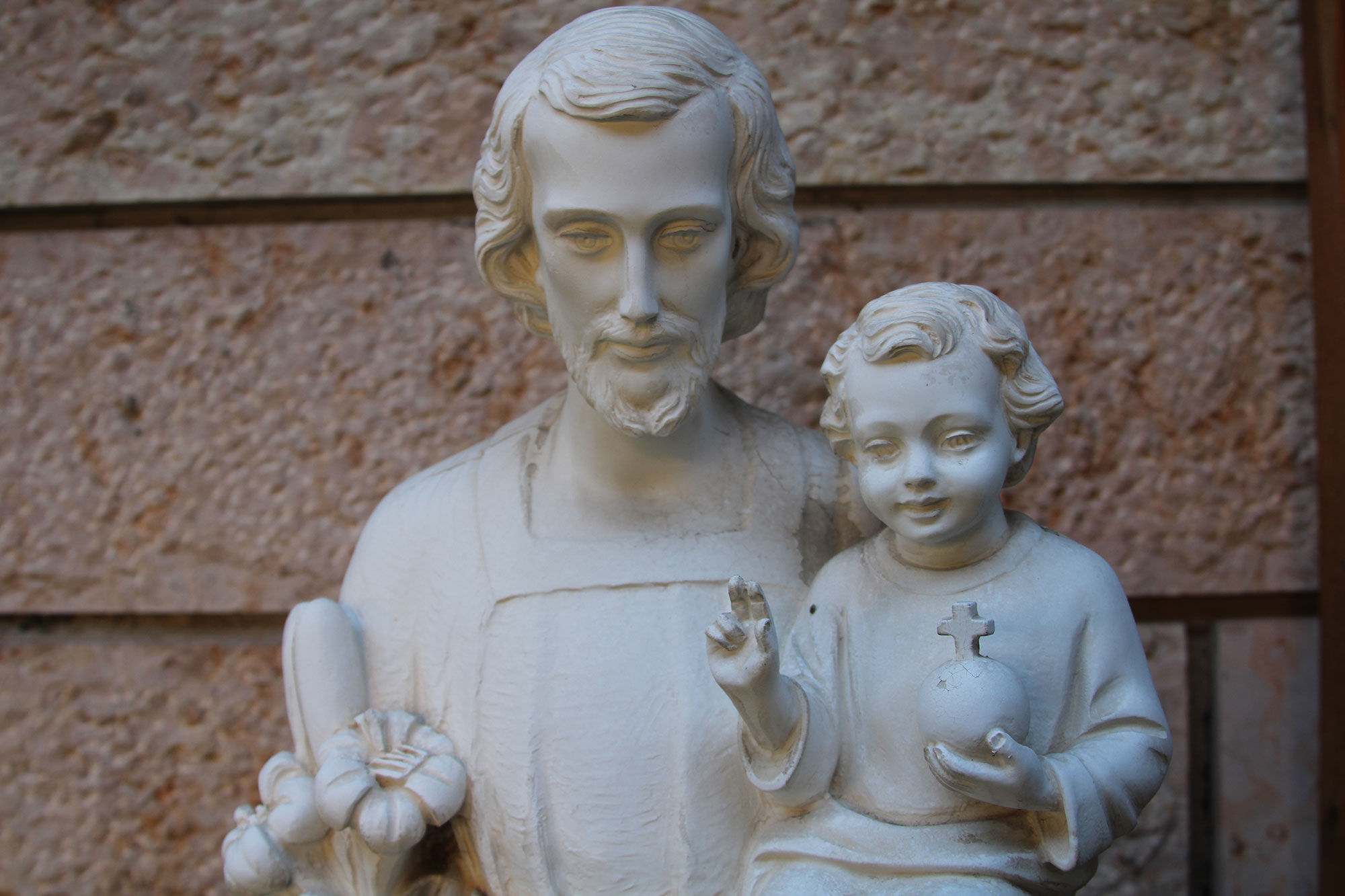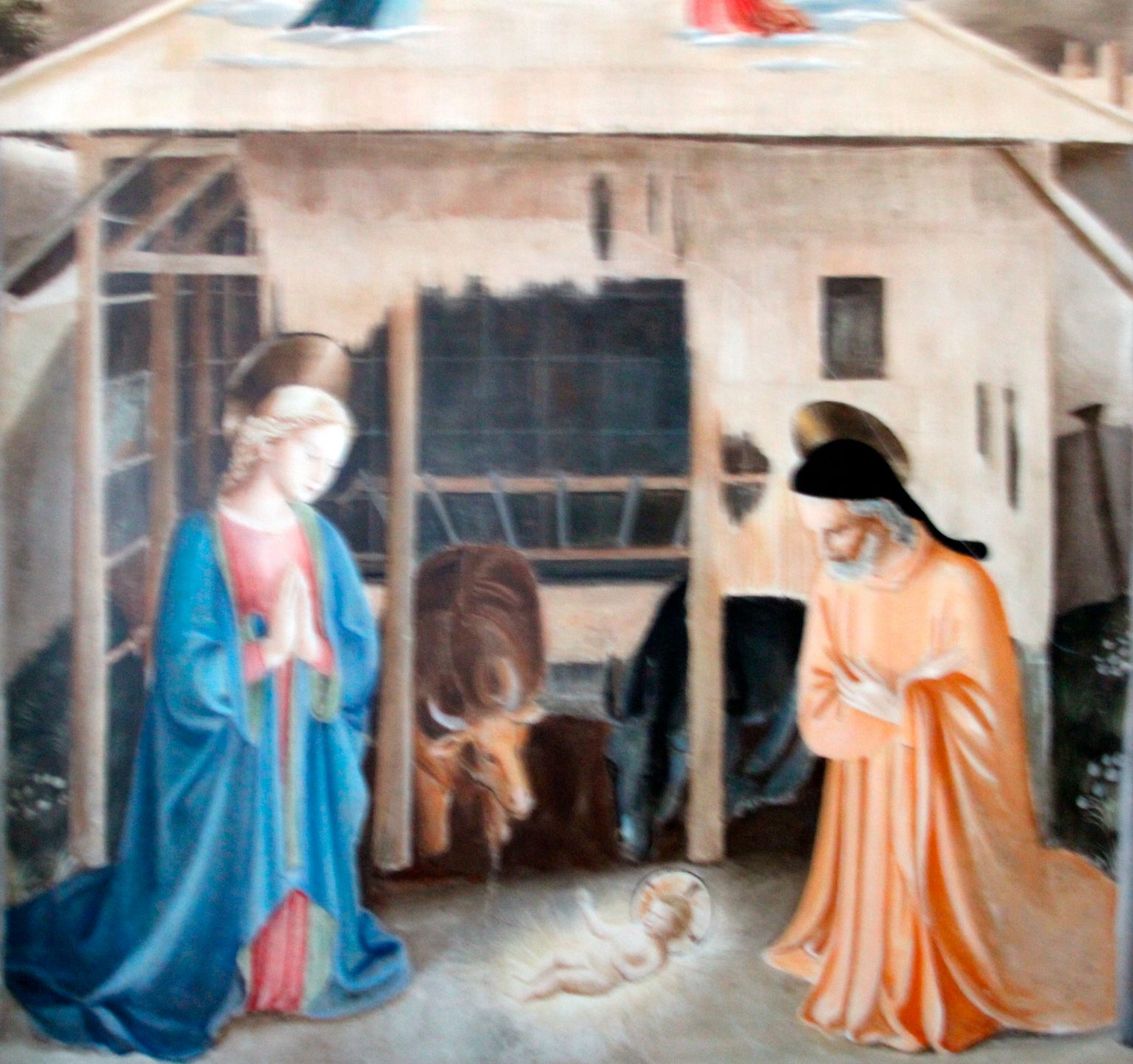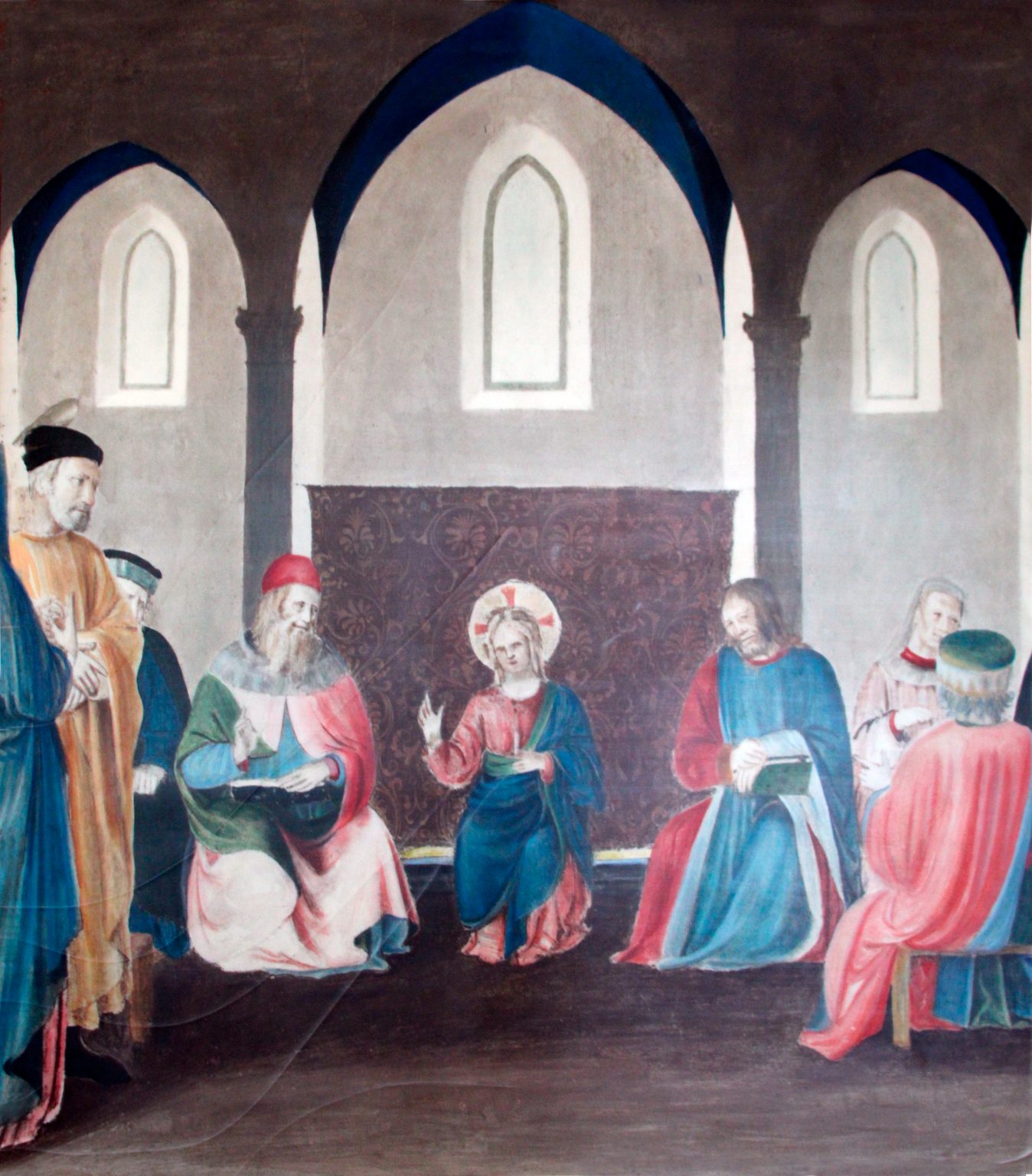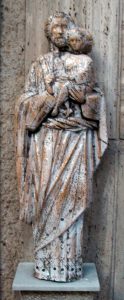
Year of St. Joseph, the man of daily presence
With the Apostolic Letter Patris corde (With a Father’s Heart), the Pontiff commemorates the 150th anniversary of the declaration of St. Joseph as Patron of the Universal Church and, on this occasion, from 19 March 2021 until 8 December of the same year, a special year dedicated to him will be celebrated.
In the background to the Apostolic Letter, there is the Covid-19 pandemic which – Francis writes – has made us understand the importance of ordinary people, of those who, far from the limelight, exercise patience and instil hope every day, planting co-responsibility. Like St Joseph, “the man who goes unnoticed, the man of daily presence, discreet and hidden”. And yet, his is “an unparalleled protagonism in the history of salvation”.
The Patron of the Institute
This date coincides with the celebration in the Institute, for another year, of the feast of St. Joseph as Patron of the Institute. This pious tradition comes to us from Champagnat who bore the name “Joseph” from his baptism along with “Benedict” and “Marcellin”. The historical record of St Joseph as patron of the Institute is found in Marcellin’s spiritual testament proclaimed “in the presence of God and under the protection of the Blessed Virgin and of St Joseph” when Champagnat invites the Brothers: “To devotion to Mary join that of the glorious St Joseph her most worthy spouse; you know that he is one of our first patrons” (Life, 234). Marcellin’s recognition of and gratitude to St. Joseph was evident in his circular of 13th January 1939 when he wrote to the Brothers: “Who, after Mary, can better express all that we feel than St. Joseph, that great saint, that seraphic man” (Marcellin Champagnat, Circulaires des Supérieurs, vol. 1 (1939) 24). Champagnat, and with him the brothers, headed their letters with the names of Jesus, Joseph and Mary.
Marcellin’s devotion to St. Joseph
Marcellin himself honoured with devotion the person and holiness of the spouse of Mary and father of Jesus especially in the last days of his life. “With great fervour he observed the month of St. Joseph to pray for a good death. He recited the litanies of the holy spouse of Mary every day; and when at the end he could no longer do it himself, he wanted a brother to recite them at his bedside. On the feast day of this great saint, after having given the blessing with the Blessed Sacrament, he said that it was the last time he would give it on that day” (Life, 231). “As soon as he had to stay in bed, he had the images of Our Lord, the Blessed Virgin and St. Joseph placed on the walls of his room so that he could look at them and contemplate them at will, and give fuel to his piety and love for Jesus, Mary and Joseph, whose help he asked for and whose names he often invoked” (Life, 241). “Not satisfied with the ejaculatory prayers, he devoted himself with admirable punctuality and fervour to his exercises of piety. He responded clearly to the Rosary, which he asked to be recited at his side when he no longer had the strength to do it alone, as well as to the Litany of St. Joseph and other prayers which he wanted to be recited at every hour of the day” (Life, 241). “The intensity and violence of his sufferings did not prevent him from remaining united to God and continually repeating acts of love, of trust and conformity, of contrition, or brief invocations to the Blessed Virgin, to St. Joseph, to his Guardian Angel and to his patron saints” (Life, 253). “On Thursday, the fourth of June, the good Father had an ardent desire to receive Our Lord for the last time; and, remembering the words of the priest of St. Peter’s, he trusted that God would grant him this grace, which he asked fervently through the intercession of St. Joseph” (Life, 255). “He constantly looked at the pictures of Jesus, Mary and St. Joseph, and finding it impossible to pronounce their names, he greeted them with his hand, which they held out for him as he pointed to each of them” (Life, 255). “During the night, he continued his invocations: Jesus, Mary, Joseph! At about half past two, he said to the Brothers at his side: ‘Brothers, the lamp is going out'” (Life, 255).
An image of the Patron of the Institute
The General House is the house of Jesus, Mary and Joseph. The presence of images, pictures or paintings reminding us of Jesus and Mary in the rooms of the General House is abundant and in some cases remarkable. On the other hand, the representation of St. Joseph is more discreet.
There are three paintings at the entrance to the house next to the statue of Mary that represent Joseph at the birth of Jesus, in the flight into Egypt and in the temple of Jerusalem before Jesus who is in dialogue with the doctors of the Law. The images are classical reproductions and are made on acrylic material.
Another ceramic image, representing the paternity of St. Joseph, is located in the church of the House, on the right side, next to the sacristy door.
The most representative of all is undoubtedly a mosaic of approximately 2m2 that presides over the chapel of the community of the brothers who collaborate with the General Council. This work represents the patronage of St Joseph over the Institute. The representation is framed by a platform on which the protagonists rest, framed by a sort of wooden portico from which hang two signs typical of the carpenters’ guild: an axe and a square. The central figure depicts Saint Joseph, standing with his arms discreetly open, extending his protective mantle, to his right, over the family of Nazareth: Mary, seated on a bench, and Jesus, who rests seated on Mary’s knees. And on the left, over the Marist Family of Champagnat, represented by a representation of the church of the General House. On the frontispiece of this church, a golden “M” is framed in a kind of stately coat of arms. Joseph holds a flowery crozier, symbol of the authority of the head of the family who brings about the sanctity of life of all those who come under his patronage. The staff of authority is under the dominion of St Joseph’s hand, but the strength of this authority emanates from the hands of Jesus and Mary, who support him effectively. The work appears without the author’s signature.
Br. Antonio Martínez Estaún – Rome, 19 March 2021.





